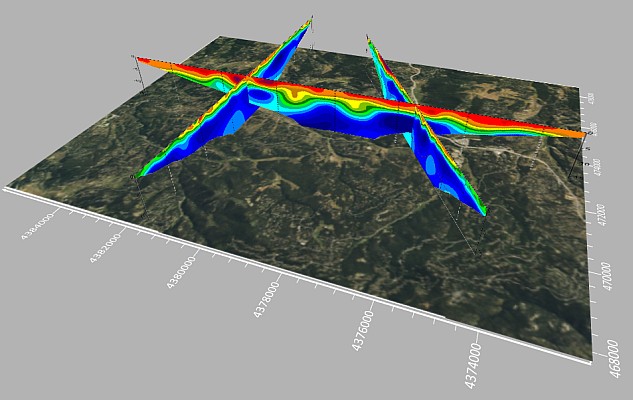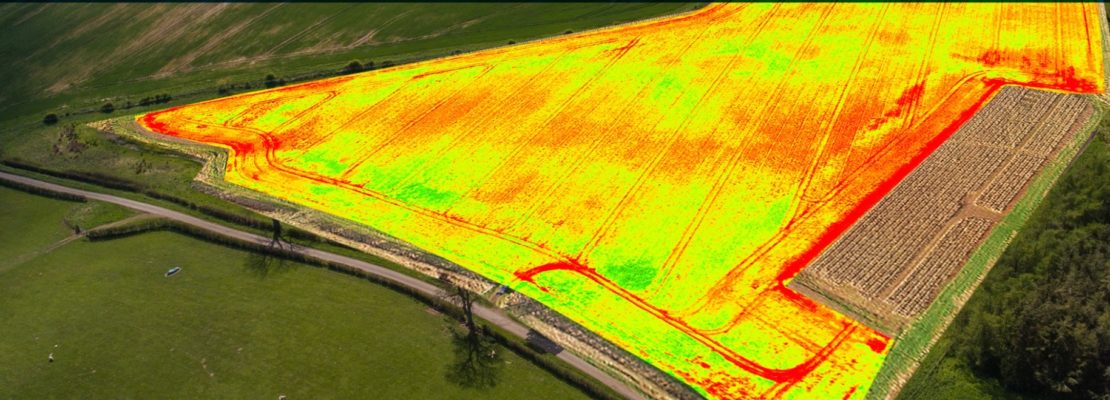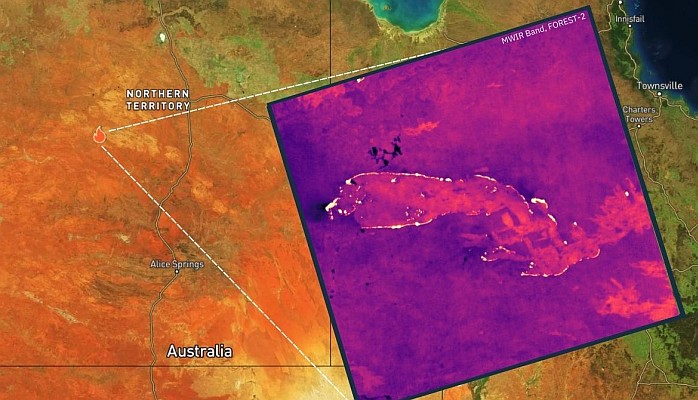 The Point Cloud DWG is being established to address the gap in the OGC standards baseline with regard to interoperability issues related to sharing and processing point cloud data. The group will not create new standards but will provide a collaborative discussion forum to define and understand issues, requirements, use cases or barriers to interoperability that are of concern to the point cloud community.
The Point Cloud DWG is being established to address the gap in the OGC standards baseline with regard to interoperability issues related to sharing and processing point cloud data. The group will not create new standards but will provide a collaborative discussion forum to define and understand issues, requirements, use cases or barriers to interoperability that are of concern to the point cloud community.
The planned new DWG represents an acknowledgment of the gap in the current OGC baseline regarding standardization of point cloud data and service formats. This working group is motivated by the fast growing popularity and use of point cloud technology and data. This includes a number of formats and types such as: laser scans from aerial and terrestrial platforms (e.g., LiDAR), triangulated elevation points, dense observations from the meteorological community, and others. Based on these considerations this charter defines the OGC Point Cloud Domain Working Group (DWG).
The OGC has a number of Working Groups in which members discuss issues relating to services, domain communities, and various data formats. However, point cloud data has often been overlooked or treated in the same buckets as images or terrain. Today the use of point clouds is growing at a rapid rate in a variety of domains including utilities, mining, 3D modeling, etc. Point cloud data is currently stored in many formats. In many cases the formats were created for particular application domains. Some of these formats are now de facto standards in domains such as multi-dimensional scientific data, LiDAR data, elevation data, seismic data, bathymetric data, meteorological data, and fixed/mobile consumer sensors (IoT). OGC members have registered concerns that without development of best practices or consensus standards, divergence will continue and interoperability will be inhibited.
As an example, LiDAR data is commonly exchanged using the ASPRS LAS standard format. However, end-user consumption of LAS content for analysis or display requires indexing, optimization and/or compression of the content, with multiple methods available ranging from vendor-specific indexing schemes to commercial and free optimization and compression toolsets. Further, more capable LiDAR encoding formats are being developed in specialized communities, such as the Sensor Independent Point Cloud (SIPC) based on HDF5.
The OGC membership is not necessarily advocating creation of a single point cloud encoding standard. Rather the members have expressed interest in ensuring greater interoperability between point cloud datasets and identifying methods to integrate such data to interoperate with other OGC standards.
The draft charter is available for review at https://portal.opengeospatial.org/files/64097. Comments should be sent via email to charter-requests@opengeospatial.org and are due by 18 July 2015.
The OGC is an international geospatial standards consortium of more than 500 companies, government agencies, research organizations, and universities participating in a consensus process to develop publicly available standards. OGC standards support interoperable solutions that “geo-enable” the Web, wireless and location-based services, and mainstream IT. Visit the OGC website at http://www.opengeospatial.org/contact.






